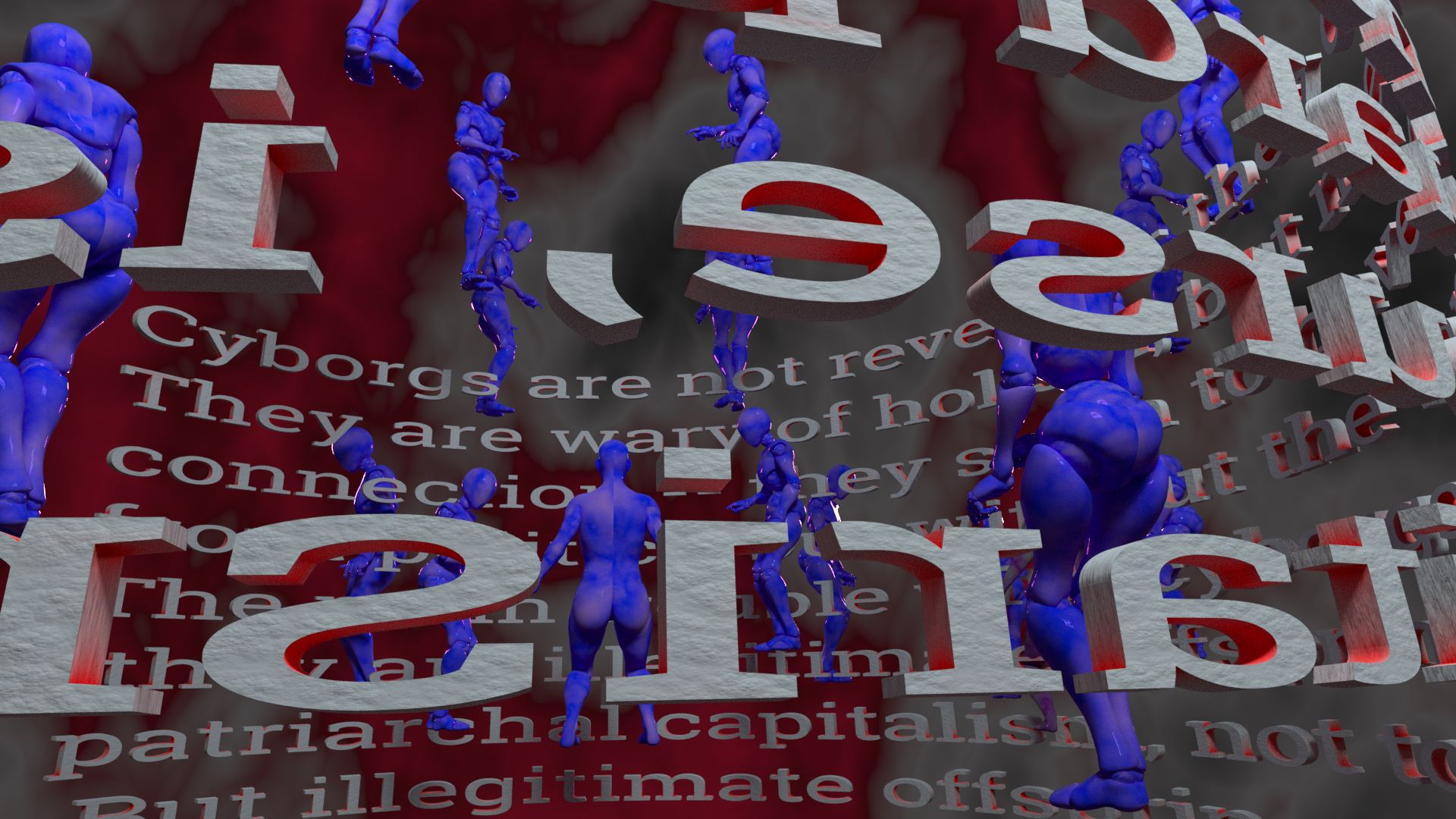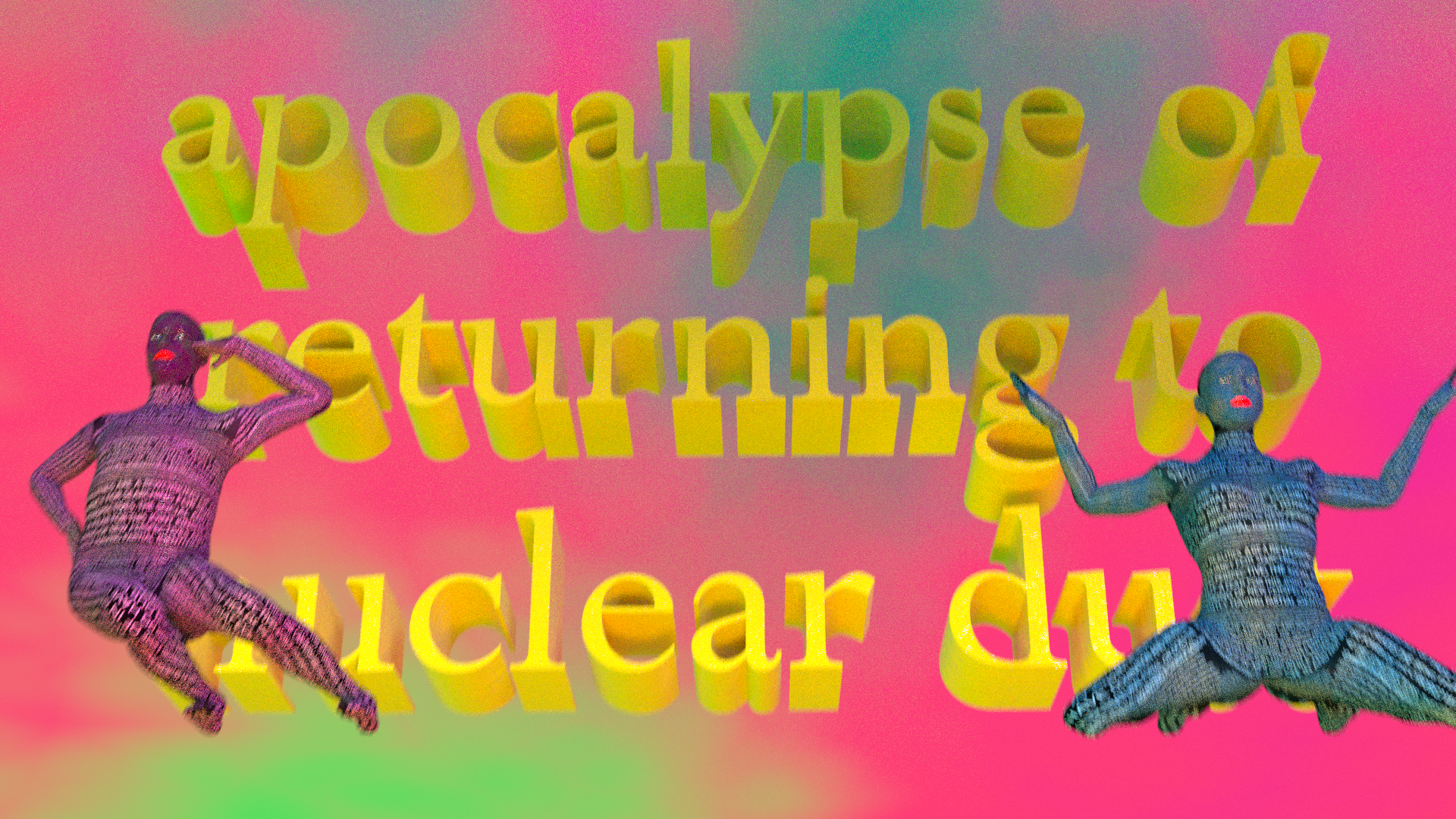Text Systems
Studio 2 | Jennifer Schanen Rider and Sean Donahue | Media Design Practices
Media Design | Text Prototyping
Tools: Cinema 4D, Adobe Premier Pro, After Effects, InDesign
Role: Self-Directed
This course will move beyond the concerns about typographic style that dominate most text-based design discussions and instead explore the design of texts as the visual manifestation of these intersections between technology, language, and culture and the staging of these systems as mechanisms that engage with and interact with people. We will look at how the design of tools for reading and writing influence what can be said, how it can be said, and by whom, and there by, act as agents in issues of power, access and authority. Students will examine the materiality of visible language and explore the ways in which a text’s embodiment can influence its rhetorical, structural, and experiential dimensions.
Process:
Finding Writing Systems & Conceptualizing Writing Systems
Brief: Select a text that has personal significance to you. After choosing three media formats, identify the affordances and constraints of each media type. Experiment with formatting your text in each medium, and explore the implications of each medium.
I selected Donna Haraway’s, The Cyborg Manifesto. Honing in on the introduction of the manifesto, I connected with the natural and political circumstances and materials that form the cyborg.
During my early iterations I chose the media formats of an infographic, motion graphics, and a postcard.
Brief: Select three starting points that you’re interested in exploring. Sketch the relationship between your two texts. What opportunities does each medium afford? Does your choice of medium extend / counter/ emphasize your argument?
After the practice of fast iterating, I found relevance in using motion graphics to best portray the relationship of the three voices I identified.
Through my iterations, I experimented in changing these components of the medium:
sequential introduction of information
linearity of the read of information and see how the change in linearity interacts in different ways
Simultaneously, I experimented in changing these components of my textual form to better articulate the voices:
scale
legibility
weight
visual contrast
color
scale
type face
Review: Formal relationship between two voices
The formal composition of the two voice are visually directed by the intentions I believed Haraway had in writing this manifesto. I wondered why this writing was relevant and what becomes of it as it ages? How can the writing be morphed (literally) in a way that is interpreted through the lenses of the natural and the political. I pair this with my commentary and annotations of what Haraway is saying. This includes questions, agreements, and challenges I face while reading the manifesto.
My other visual direction is a reference and embodiment of the rhetoric wariness I feel when reading the manifesto. These worries are also questions and agreements to the text, but hold a clear power/hierarchal relationship with the text. Due to the instability of the feelings and interpretations, I feel an uncontrollable thrashing over my thoughts to Haraway’s thoughts. She is in control. She has the power to say what can and possibly will happen.
These directions are formally shown through the manipulations of linearity, scale, legibility, type change, and color. On top, alongside, and through the formal typographic experimentations come a duet (between text-to-body and body-to-body) of movement and language.
Media Translations:
Identify affordances and constraints by media type. Visualize where and how to add the 2nd voice. How might your response text be written (differently) to fit each iteration?












Media Translations:
Focus on one medium and visualize voice and point of view












Media Translations:
Focus on one medium and visualize voice and point of view


















Media Translations:
Bringing a project to a close: Craft and conceptual expectations